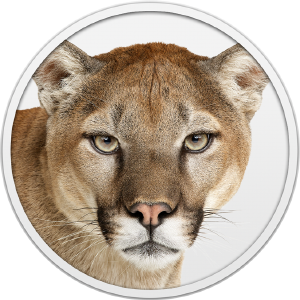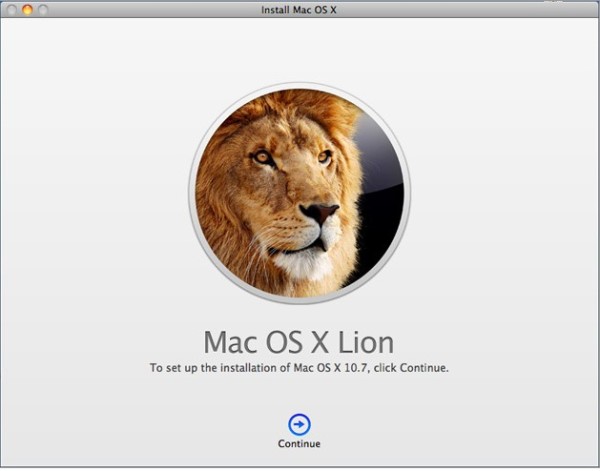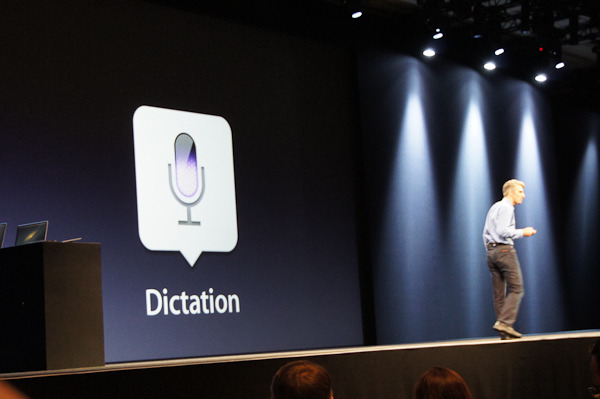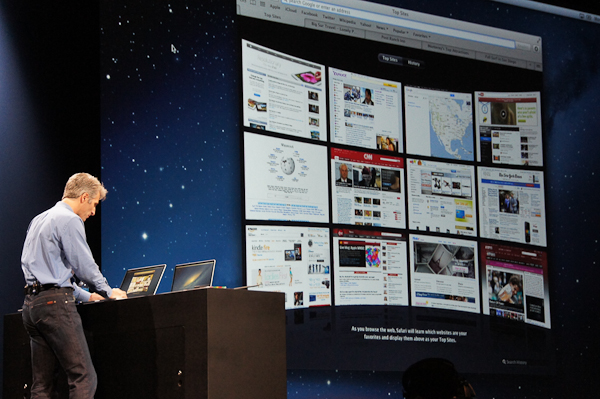
By Gadjo Cardenas Sevilla
We are a few days away from seeing Apple's OS X Mountain Lion released. As noted in this year's WWDC (World Wide Developers Conference), Mountain Lion will be unleashed in July which should be anytime now. Here's a primer on what to expect from Mountain Lion, which machines can run it and how to transition as smoothly as possible.
“The pace of innovation on the Mac is amazing, OS X Mountain Lion comes just a year after the incredibly successful launch of Lion,” said Philip Schiller, Apple’s senior vice president of Worldwide Marketing. “With iCloud built right in and the new Notification Center, Messages, Dictation, Facebook integration and more, this is the best OS X yet.”
What is it?
 Mountain Lion is the name given to Mac OS X 10.8 and is the ninth version of the Mac OS X operating system. It will be made available for $19.99 from the Mac App store and will be available for direct download on compatible machines. This is the cheapest Mac OS yet.
Mountain Lion is the name given to Mac OS X 10.8 and is the ninth version of the Mac OS X operating system. It will be made available for $19.99 from the Mac App store and will be available for direct download on compatible machines. This is the cheapest Mac OS yet.
An evolutionary upgrade over the last major update OS X Lion, Mountain Lion has 200 new features. It will inherit more features from Apple's Mobile iOS. These include Notifications, improved Twitter integration, Messages (integration with iMessage), and improved iCloud synching among many other features.
Who can use it?
Mountain Lion will install and run on the following Mac computers with the following minimum requirements. 2 GB of RAM, 8 GB of available hard disk or solid state storage. To upgrade from an old version of OS X, the computer must be running at least v10.6.8.
The following models are supported:
- iMac (Mid 2007 or newer)
- MacBook (Late 2008 Aluminum, or Early 2009 or newer)
- MacBook Pro (Mid/Late 2007 or newer)
- MacBook Air (Late 2008 or newer)
- Mac mini (Early 2009 or newer)
- Mac Pro (Early 2008 or newer)
- Xserve (Early 2009)
The following models support AirPlay Mirroring:
- iMac (mid-2011 or newer)
- Mac mini (mid-2011 or newer)
- MacBook Air (mid-2011 or newer)
- MacBook Pro (early 2011 or newer)
The following models support AirDrop:
- MacBook Pro (late 2008 or newer)
- MacBook Air (late 2010 or newer)
- MacBook (late 2008 or newer)
- iMac (early 2009 or newer)
- Mac mini (mid-2010 or newer)
- Mac Pro (early 2009 with AirPort Extreme card, mid-2010, and mid-2012)
Where to get it?
 Mac OS X Lion ushered in the era of digital software downloads.
Mac OS X Lion ushered in the era of digital software downloads.
Any recently purchased or new Mac notebook or desktop will have the option for Mountain Lion upgrades for free. Apple will distribute Mountain Lion as a digital download directly accessible from their computers via a $19.99 purchase using the Mac App Store.
How to install it
Users have the options of updating their exisiting OS by downloading and installing the update right from the app store. This would preserve all their files, apps and settings and simply upgrade the parts that need the OS X Mountain Lion code.
Conversely, some users may opt to backup the contents of their machines to a Time Machine or similar backup and then install Mountain Lion from scratch (after they have purchased it). This is less convenient but it makes sure that users get rid of archaic code and have a fresh install of the OS. This also means they will need to reinstall all their apps and files which can take more time.
Major Features

Many of OS X Lion's major features are derived from iOS. These include full-screen apps on any screen, a smart Dictation function that makes it possible to control your Mac and write e-mails and documents simply by speaking into the built-in microphone. An improved Messages function will tightly integrate with the iMessage app on iOS that means users of iPhones, iPod Touches, iPad and now Macs can easily send text messages for free anywhere in the world.
Notification Centre, which on iOS monitors and pushes various message, application, calendar and messaging notices forward in one area is now integrated into the desktop.
System wide sharing is also enabled in Mountain Lion. Clicking the Share button from most apps allows you to share quickly without having to switch to another app, and you just need to sign in once to use third-party services like Facebook, Twitter, Flickr and Vimeo.
Facebook and Twitter are integrated with Notification Center so you can receive notifications when someone sends you a message or mentions you in a post or Tweet. Now, there's really no escape from Facebook as it is knitted into the OS on a system level.
Mac gamers will welcome the inclusion of Game Centre which allows multi-player and turn based gaming that has long been present in iOS.
 Safari now has an Omnibar which handles both search queries as well as URL addresses.
Safari now has an Omnibar which handles both search queries as well as URL addresses.
Power Nap, a new feature that works on the most recent Macs makes it possible for Macs to sleep yet run important tasks in the background. This feature automatically refreshes Mail, Contacts, Calendar, Reminders, Notes, Photo Stream, Find My Mac and Documents in the Cloud, and when plugged in, downloads software updates and backs up your Mac using Time Machine. Gone are the days when Macs wake from sleep and spend two or three minutes updating various apps before being usable.
Additional new features in Mountain Lion include:
• AirPlay Mirroring, an easy way to wirelessly send an up-to-1080p secure stream of what’s on your Mac to an HDTV using Apple TV, or send audio to a receiver or speakers that use AirPlay;
• Game Center, which brings the popular social gaming network from iOS to the Mac so you can enjoy live, multiplayer games with friends whether they’re on a Mac, iPhone, iPad or iPod touch;
• a faster Safari with a unified Smart Search Field, iCloud Tabs that present your open tabs across your devices, and a new Tab View to quickly swipe through them;
• new features for China, including significantly improved text input, a new Chinese Dictionary, easy setup with popular email providers, Baidu search in Safari, built-in sharing to Sina Weibo and popular video websites Youku and Tudou;
• Over 1,700 new APIs that give developers access to the latest core OS and web technologies, as well as the newest features of OS X, including Documents in the Cloud, Notifications, Sharing and Game Center.
Are you ready for Mountain Lion and all the new features? Keep posted for our review right here.